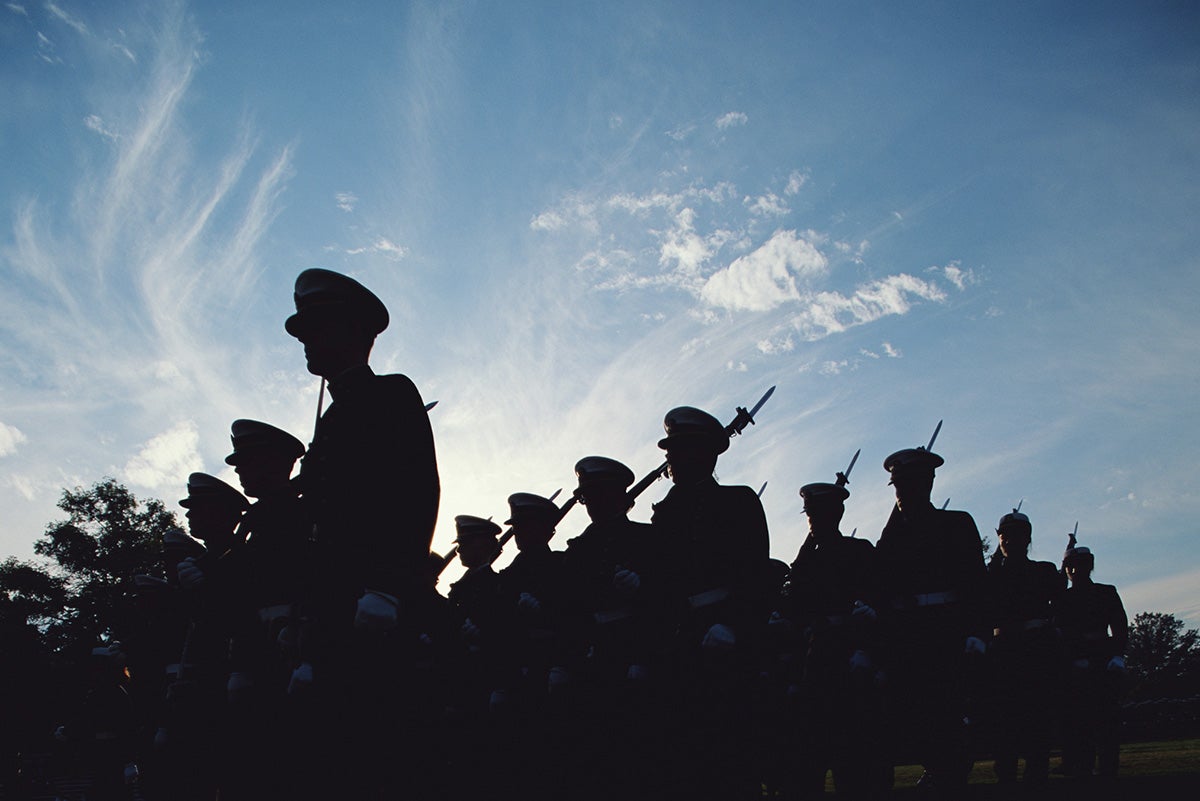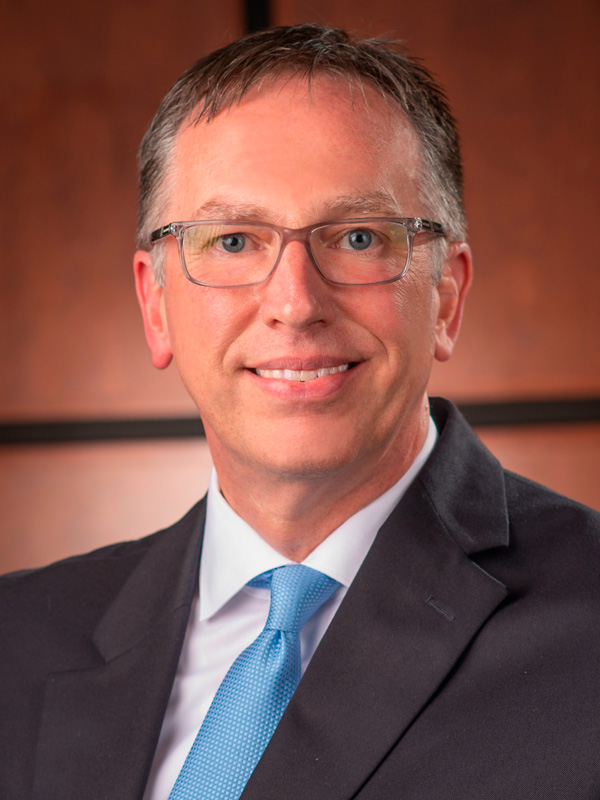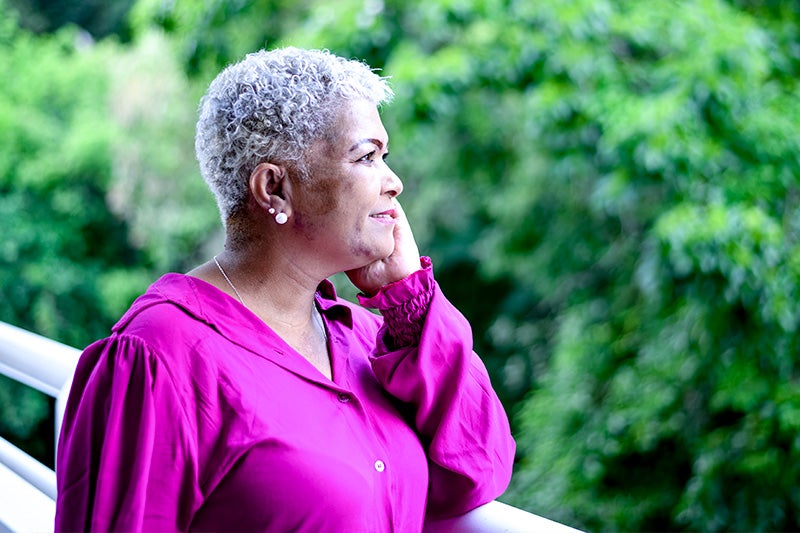A Veteran’s Journey: That’s What Friends Are For
November 11, 2021
By: Jeff Brown
Categories: Colleague Stories
No matter how much anyone wants to believe in the power of the individual, I have never met anyone who got anywhere in life on their own.
August 2, 1990: I am stationed in Keflavik, Iceland. Even in August, the temperature outside is in the mid-40s. I get back to my barracks after work and as I walk past the common area, I see a large gathering around the television located in the room. CNN is on. Iraq has just invaded Kuwait.
But wait… let’s back this story up a bit.
Living the life
In April of 1990, I received orders that it was time for me to leave Jacksonville, Florida. For the previous two years since I had graduated from the Navy’s Hospital Corpsman School, I had been assigned to the U.S. Naval Hospital at Naval Air Station Jacksonville – NAS JAX for short. I was living the dream. The beach was just a few miles away. I was stationed at a land-based hospital. I was working in CT and in interventional radiology. I had met lots of new friends and we all lived, worked and hung out together. And yes, we gave each other an appropriate amount of trash-talk as often as we could. I lived in a 4-bedroom apartment with three other sailors who all worked at the hospital. After splitting the rent four ways the cost of living was dirt cheap. Then again, it had to be. No one ever joined the military because of the money.
Despite the proximity to the beach, I had been busy. I had been promoted to Petty Officer 3rd Class. I had accepted a few temporary assignments, one at sea, and one at the Navy medical clinic in Atlanta located at Dobbins Air Force Base. Whenever the sailor assigned there needed to go on leave (vacation), he’d give me a call and I would go work for him. I even spent a few months with the Marines at Camp Lejeune; a lively bunch to say the least, but I would trust them with every fiber of my being if it were “go time”.
I was in the best physical shape of my life. Aside from living expenses I had almost no debt. I had a constant suntan thanks to the Florida sunshine. Life was good.
Winds of change
But it was time to move on. The Navy needed me to go to Iceland and serve at the Naval Hospital located on a peninsula that stuck out into the middle of the North Atlantic Ocean. Let’s just say it was very windy all the time. In the winter, the wind would blow constantly at 70-80 mph. On an exceptionally windy day, it would easily top 120-130 mph because you were out on that peninsula. Of course, there’s lots of snow. My Florida suntan disappeared by June.
Side note: Iceland is absolutely the most beautiful place I have ever seen. If you ever get a chance to visit, please go. You will not be disappointed. I stood on glaciers larger than Georgia’s Blood Mountain, watched Mt. Hekla erupt and witnessed waterfalls as large as Niagara Falls.
Back to the Rest of the Story
The news of what was happening in Kuwait was a surprise but then again there had been tensions in that region for years. The Navy had been escorting ships in and out of the area because of the tensions. The USS Stark had been attacked by an Iraqi jet and hit with two missiles in 1987; 37 sailors had been killed.
This time, the tone was different. As we watched our Commander-in-Chief announce that the aggression would not be tolerated, we all eyeballed each other, not sure of what to say. True to the President’s word, in a month the largest American military build-up since WWII was underway.
Everyone knows how that story ends. We liberated Kuwait in just a few weeks after the air campaign started in January, 1990. Our Navy ships and jets and our Air Force jets hit them from every angle possible. When the ground offensive started, the Army and the Marines swarmed with such swift and accurate force that the Iraqis gave up in masses. We helped the citizens of Kuwait return to life as normal after they had been invaded and devastated by a cancerous neighbor who had no good intentions whatsoever.
Life Lesson: If you’ve got a problem, deal with it right away. Be relentless and be swift so that everyone and everything can get back to normal.
I readily admit that as time has passed and as I have gotten older, I have forgotten this lesson. But over the last few weeks I have been reminded of it.
Fighting the COVID war
Just like the military, healthcare workers serve mankind in a way that no other service industries do. We meet people at their weakest and most vulnerable times. Our job is to serve their needs while healing their wounds, treating their diseases, and restoring their lives to normal. Sometimes we have to comfort them in their final days. Sometimes the fight is not fair and the innocent are taken far too soon. Our jobs are not easy. Just like the military, everyone on the team is important; from the front lines of the patient care team to the engineers who keep the water flowing and the lights shining.
Healthcare as an industry is in a highly fragile state and if we do not tackle that fragility now, many organizations that are essential to the health of their communities will go under. The past 20 months of the COVID-19 pandemic have exposed the difficulty of what we do on levels that we have never experienced in our lifetime. And just like the military, where men and women are standing guard around the world out of sight and out of mind, the majority of the population really have no idea what healthcare workers have gone through over the last year and a half. COVID-19 has exposed the PTSD that healthcare workers can experience.
Life Lesson: Go to the aid of others. The Book of John, chapter 15, verse 12- 13 says, “This is my commandment: that you love one another as I have loved you. Greater love has no one than this, that someone lay down his life for his friends.” Everyone needs help some time.
Last and final word
No matter how much anyone wants to believe in the power of the individual, I have never met anyone who got anywhere in life on their own. We are all the product of a lot of help along the way. I have been shaped by many people who have passed in and out of my life over the years. With every new duty station, I met new people who quickly became lifelong friends. We were then, and remain to this day, all for one and one for all. I still have dinner with a few from time to time and thanks to social media, the ones who are far apart are still able to stay in touch.
To all of them, and to all those who serve this nation: “Thank you and Well Done.”
This is the 4th and final installment of A Veteran’s Journey. Thank you for joining us on this journey.
Learn more about St. Mary’s Military and Veterans Health Program

Jeff Brown is St. Mary’s Vice President of Support Services and director of St. Mary’s Military and Veterans Health Program. A veteran of the United States Navy, he served as a Petty Officer 2nd Class, Hospital Corpsman, in Europe, the Middle East and stateside.



